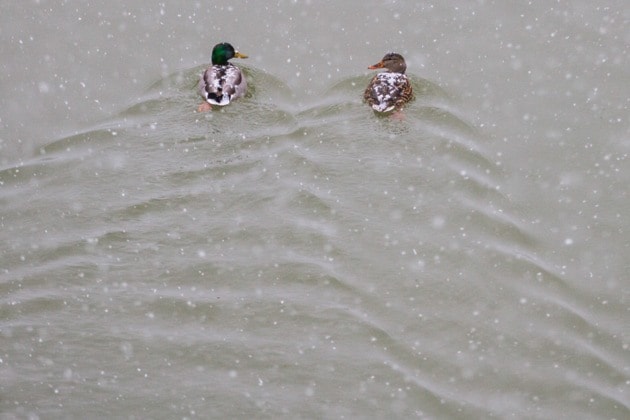A recent showing of the award-winning eco-documentary, The Messenger, in Salmon Arm drew attention to the plight of songbirds. Their numbers are declining sharply from habitat loss, climate change, light pollution, pesticides and cat predation.
While many of these smaller birds migrate to warmer climes during the winter, at least 25 species of songbirds have been recorded on the annual Christmas Bird Count in the Salmon Arm area.
We can help those birds survive the cold season by providing seed, suet and water.
But we live in bear country, and our communities are also home to nocturnal critters like raccoons.
Bird feeders can attract these wild animals and bring them into close contact with people, causing problems. How to balance the need to feed birds with the safety issues – for both humans and animals? Locate your feeder where it will be easy to remove at dusk, and store it inside overnight.
Domestic cats are a serious threat as well, so keep watch for any that may hang around your feeder. The food you provide winter birds active in daylight hours is their fuel to survive the colder overnight temperatures. A small dish of water when temperatures are above freezing will help them too. Local stores have a variety of bird feeders and seed options. They make great gift ideas.
Visit the information display by SABNES and Shuswap Naturalist Club in Piccadilly Mall, until Friday, Dec. 16. They have valuable tips for helping songbirds get through the winter, and to enjoy learning more about the popular hobby of birding all year.
